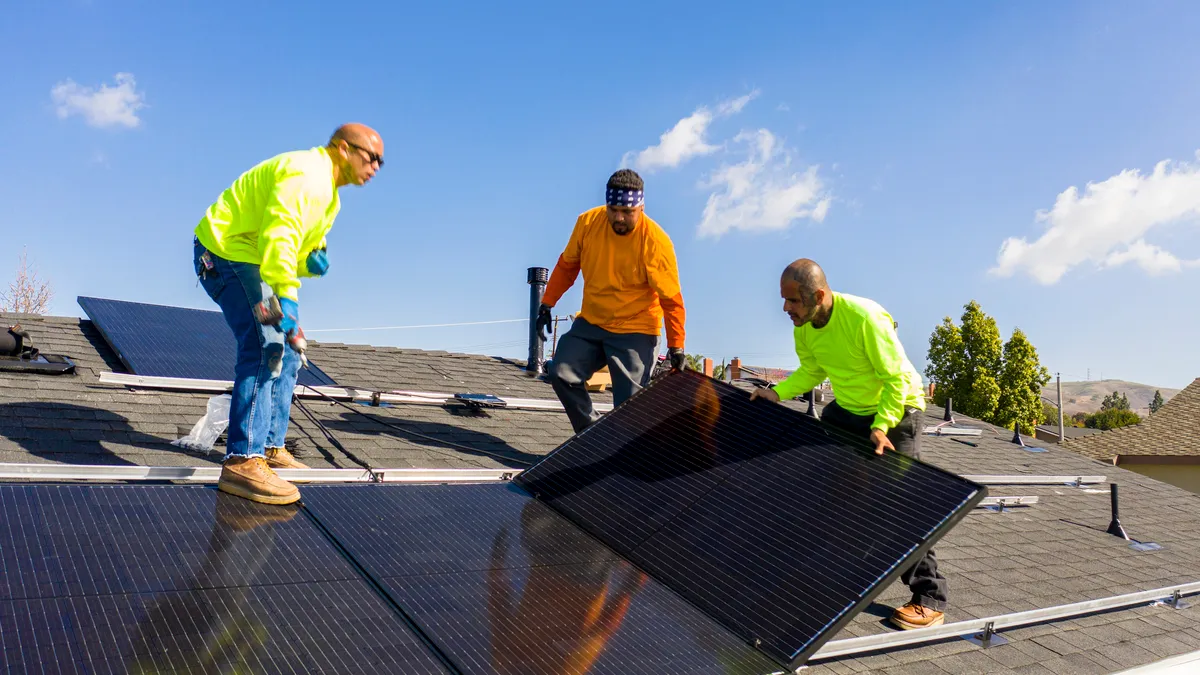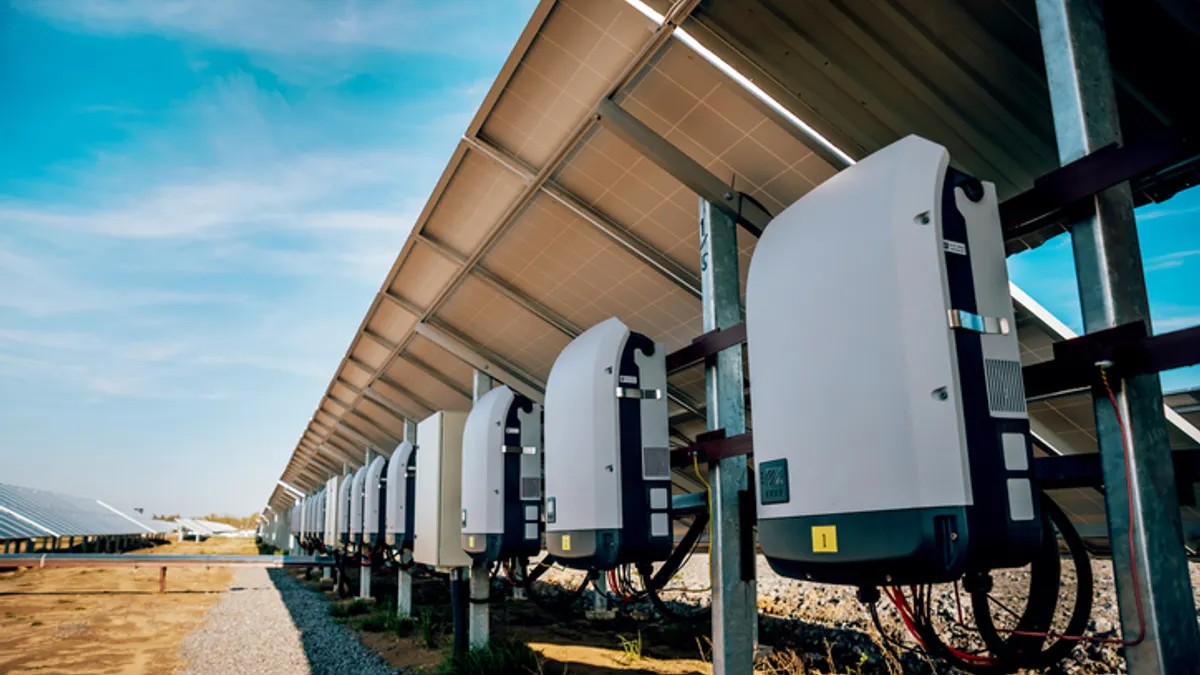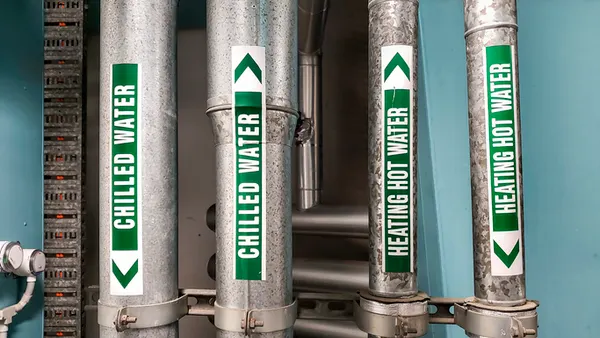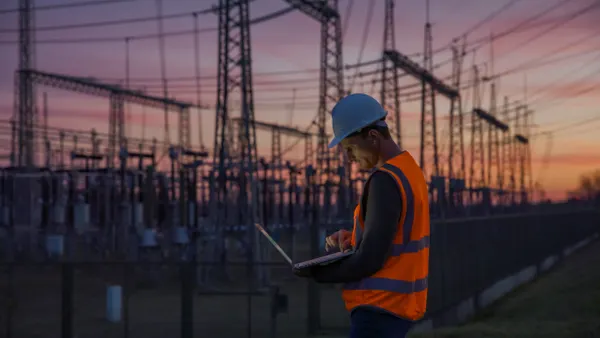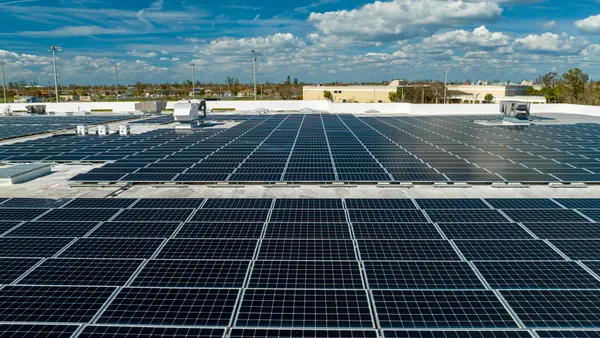Dive Brief:
-
Sunrun, one of the largest solar and battery installers in the U.S., is using software developed by Lunar Energy to operate a dozen virtual power plants in the U.S., according to a January 31 announcement.
-
Sunrun began trialing the software over a year ago and currently has tens of thousands of customers participating in regional virtual power plant programs.
-
Each program operates according to terms and conditions set by regional utility and regulatory rules, but the long-term vision is to sell aggregated energy resources from virtual power plants directly into wholesale power markets, according to Lunar Energy CEO Kunal Girotra.
Dive Insight:
Scott Peattie, director of partner development at Sunrun, believes 2023 will be the year of the virtual power plant.
Sunrun has been working with Lunar Energy for the past year to trial the startup’s virtual power plant software, which helps coordinate and manage the output from distributed energy resources such as home-based battery storage. But they decided to make their partnership public this week, Peattie said, as residential battery installations reach a critical mass needed to expand Sunrun’s virtual power plant projects from a dozen select communities to the rest of the nation.
“I do think this is going to be the beginning of the hockey stick” growth curve for virtual power plant adoption, Peattie said. “Battery adoption has picked up so much....with the heat waves in California, the hurricanes, with the Texas freeze, people are now threading distributed resources into the story, and it starts with a customer keeping the lights on.”
Virtual power plants aren’t a new concept for Sunrun. Although most customers install battery storage to avoid outages, the company recognizes that batteries can do more than sit around with a full charge, waiting for a blackout, Peattie said.
Virtual power plants allow Sunrun, through Lunar Energy’s software, to coordinate bi-directional flows into and out of residential batteries according to load trends in individual homes, and the grid at large. Lunar’s software is specifically designed to ensure that discharge to the gird will not leave the customer without power, Girotra said.
Customers who have leased or purchased batteries from Sunrun can opt in to virtual power plants in states such as California and Hawaii. Sunrun administers the virtual power plant program, which provides power to area utilities in exchange for financial incentives to customers. Details vary from one program to the next, Peattie said, though the goal is to create a more standardized virtual power plant for Sunrun customers.
“It could be two to three years out, but we’re trying to make [virtual power plants] more available,” Peattie said. “The goal is to make programs available to as many customers as possible.”
Outside Sunrun, Lunar Energy is also looking to partner with utilities looking to implement virtual power plants of their own, Girotra said. In the long run, he said, virtual power plant administrators may one day to sell power directly into wholesale markets, and Lunar Energy’s software could work for any party that has an appropriate pool of distributed energy assets. Lunar Energy also has plans in place to sell its own energy storage solutions.
“This is still an evolving phase,” he said. “I am confident there will be new business models coming out of this.”


